Green roofs gaining traction as method to curb urban polluted runoff
/Local businesses, governments are looking up, not out, to prevent pollution
Former Maryland Governor Martin O'Malley tours a green roof in Maryland. Photo by Tom Nappi.
They're hard to spot, but high above city streets and sidewalks, green rooftops are covering an increasing number of local buildings, which is welcome news for the Potomac and local streams.
In fact, Washington is leading the charge for green roofs not just locally, but nationally as well. The city has installed more square feet of green roofs than any other in North American city five years running, the Bay Journal reports.
Green roofs work by absorbing rainfall instead of funneling it away to storm drains and creeks. Soil and plants on a green roof can capture upwards of 90 percent of rainfall in the summertime, significantly reducing polluted runoff caused by storms.
Polluted runoff remains the fastest growing source of pollution to the Potomac and Chesapeake Bay, and many local areas are working hard to reverse the trend. Since 2014, new development in Washington, DC, has been required to retain the first 1.2 inches of rain. With limited space, developers in the District are looking skyward to capture rainwater and combat polluted runoff.
The city is also piloting an innovative polluted runoff trading program. If a developer cannot meet the requirement to retain 1.2 inches of rain on a property, he or she can purchase credits from other developers who have installed nature-based solutions, such as green roofs, on their properties.
If the program is successful, it could serve as a model for other cities across the country.
Nearby Prince George's County is also taking a public-private partnership approach to reducing polluted runoff. The county is partnering with private contractors to install 15,000 acres of nature-based solutions to capture polluted runoff over the next 10 years. This year, 950 acres of new projects were slated for construction.
Combining these beautiful, landscaped roofs with green streets and porous pavements makes our cities a lot more river friendly.


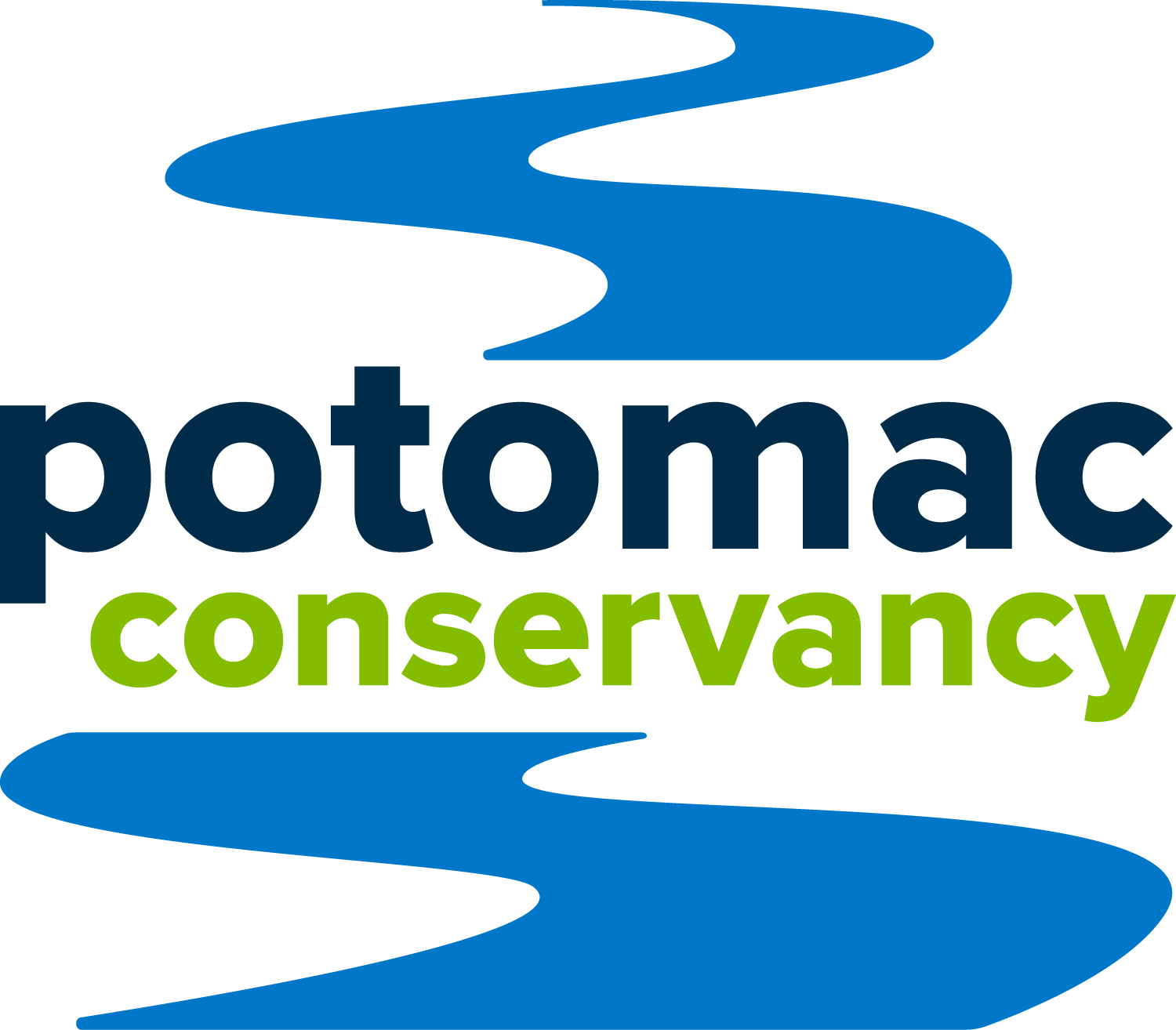



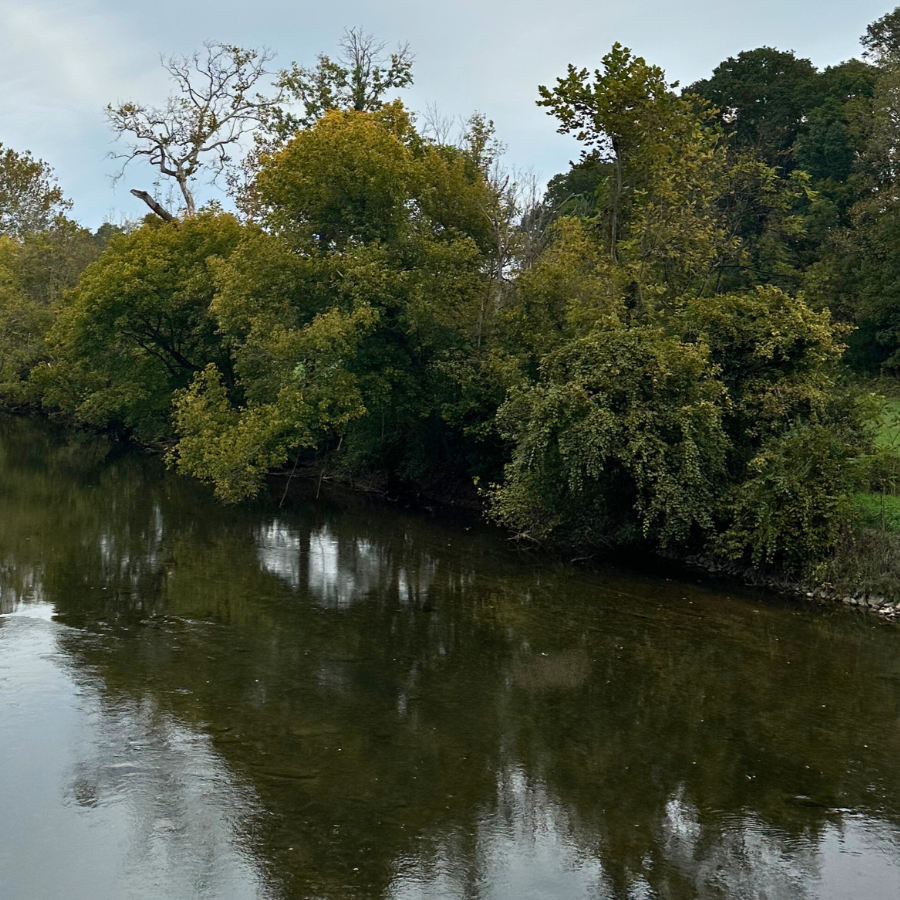
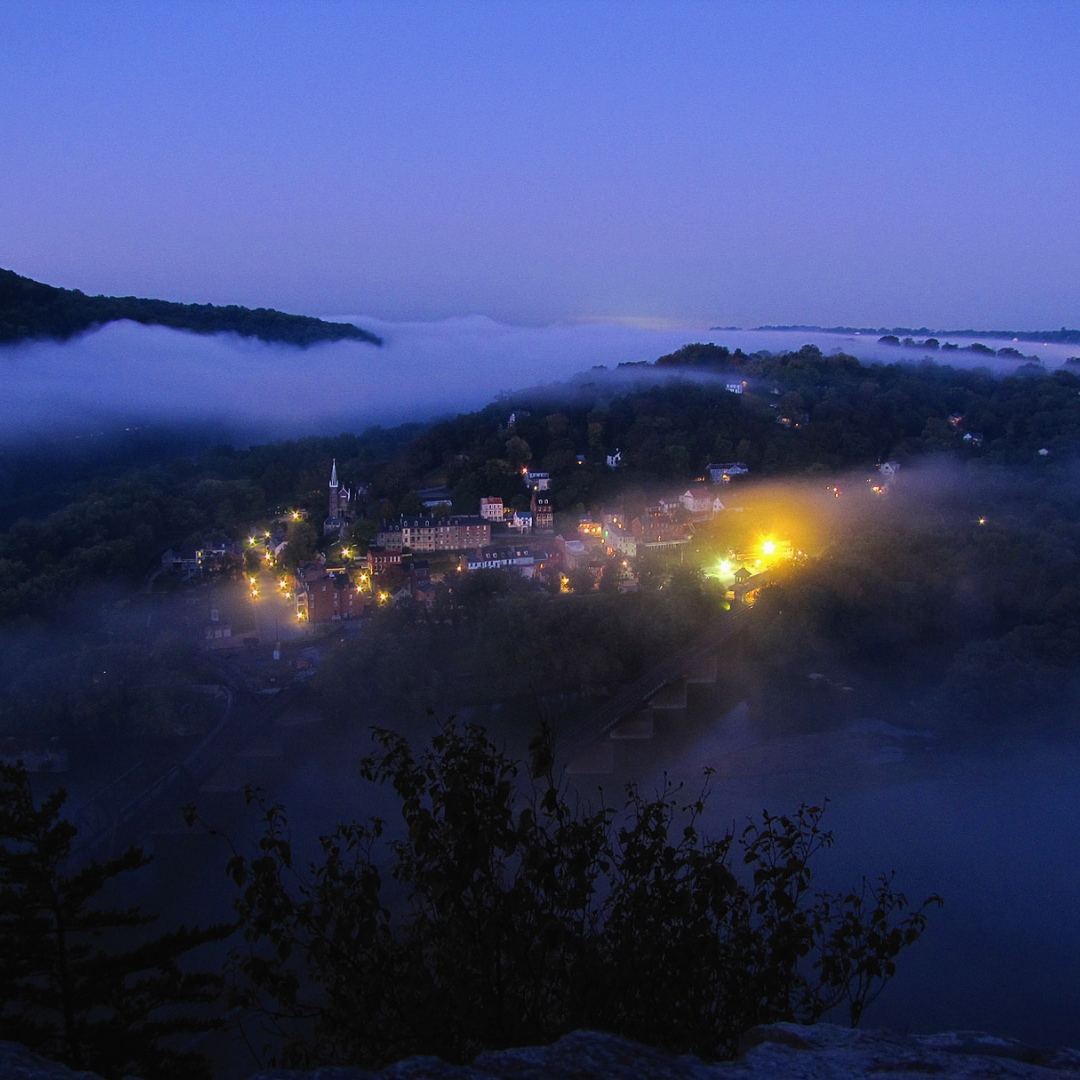

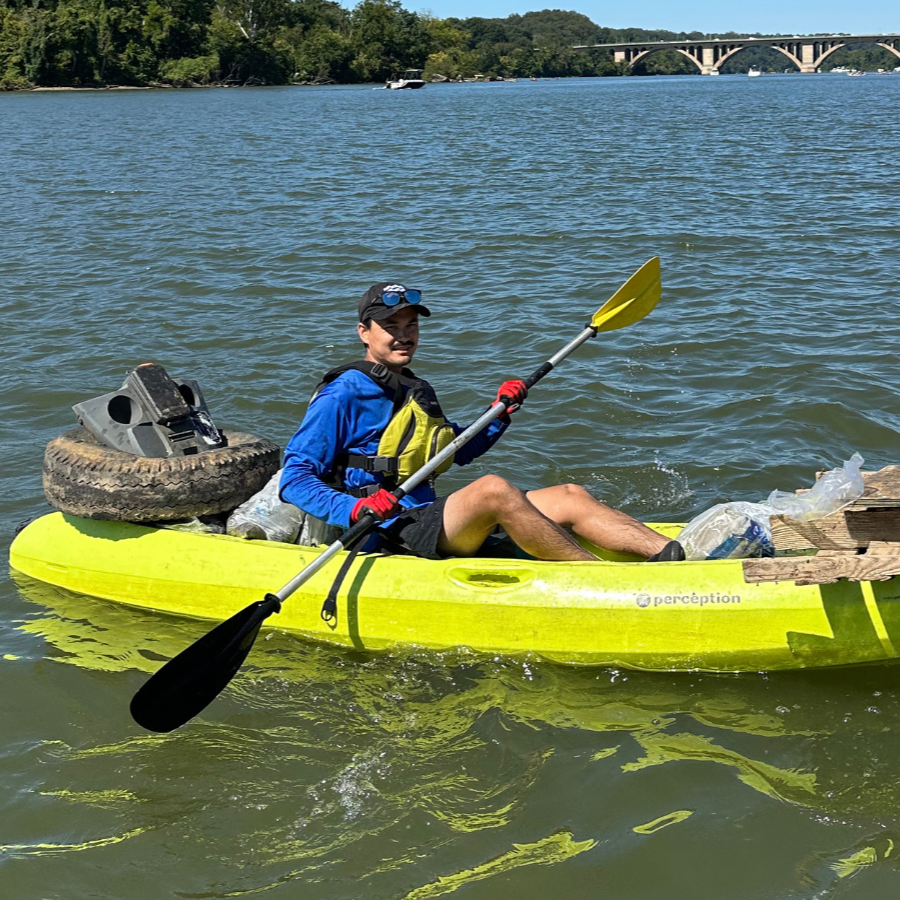
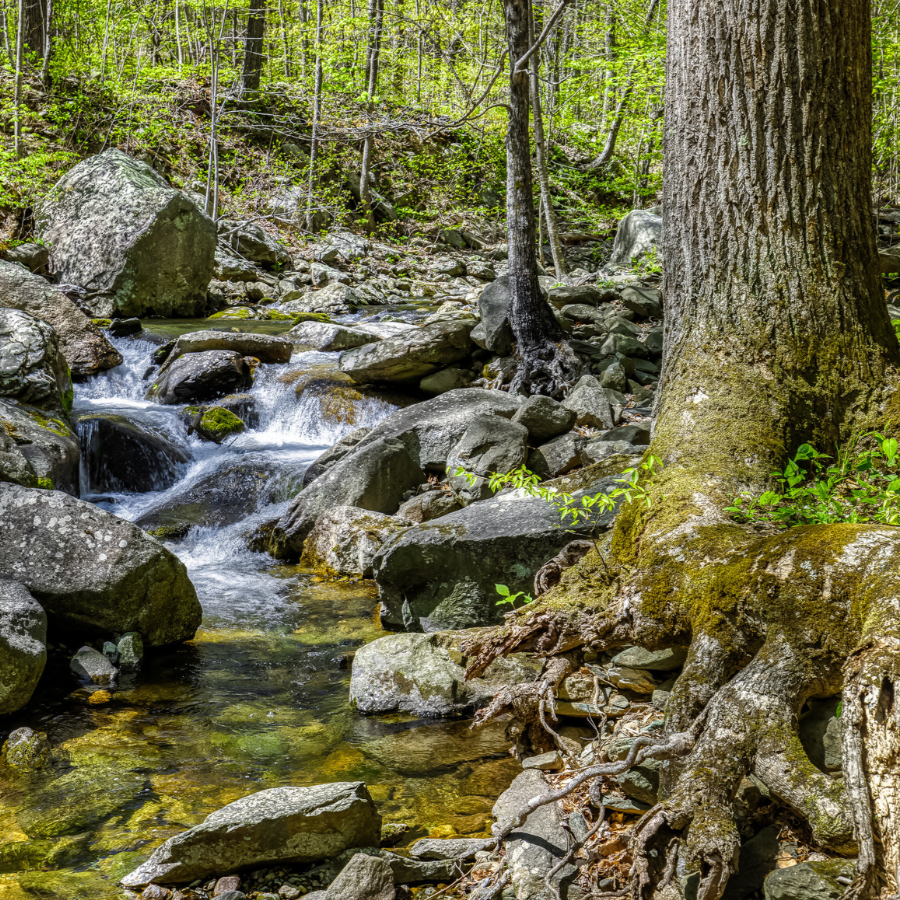
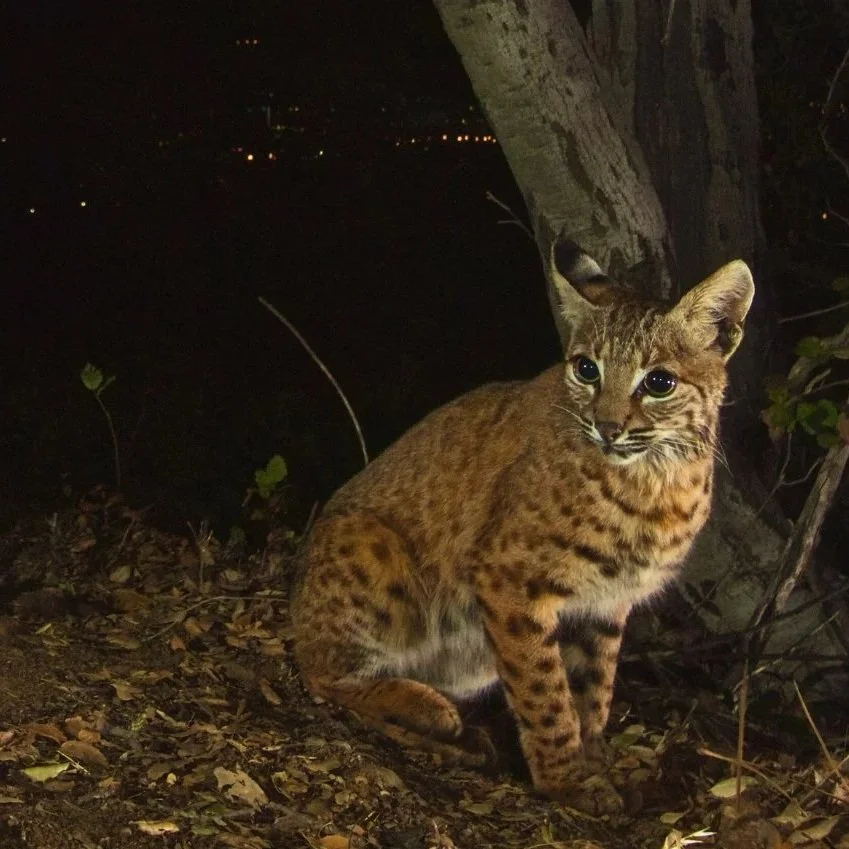


In the midst of a remarkable comeback, the Potomac River has seen a 10% increase in recreation in three years, but now its future is in question…Rising threats to water quality are impacting this wild urban river, the drinking water source for 5 million people in the DMV.